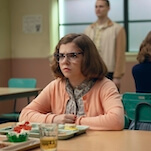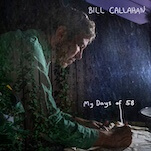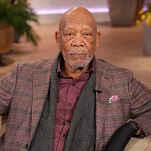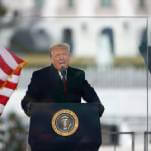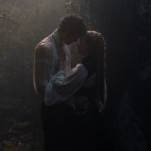Chi-hwa-seon: Painted Fire

"If you want to paint," advises 19th-century Korean artist Jang Seung-Up in Im Kwon-Taek's disjointed period opus Chi-hwa-seon, "you must first learn how to drink." Never has the rocky history of artist biopics been summed up more succinctly: If most of the movies about great painters are to be believed, aspiring young masters should know that an understanding of art history and a rigorous commitment to craft are not prerequisites, but boozing and womanizing are essential. Much like Pollock, Ed Harris' overwrought imagining of Jackson Pollock, Chi-hwa-seon casts Jang (who was better known under the pseudonym Ohwon) as a tempestuous, self-destructive outsider who challenges the art elite, but spends his downtime getting loaded and smashing things, including his own delicate canvases. The suggestion behind all this rock-star misbehavior seems to be that behind every austere masterpiece are a thousand trashed hotel rooms, a cliché that Im's movie has now confirmed as universal. Having made nearly 100 films over four decades, Im has earned his status as South Korea's aging grandmaster. That lends some gravity to Chi-hwa-seon's closing scenes, when history deposits the once-revered visionary back where he began, in poverty and obscurity. But more often, the simple clarity of Im's previous effort, 2000's sumptuous fairytale Chunhyang, gives way to a murky and confusing treatment of the same period, cluttered with jarring flashbacks, characters that drop in and out of sight, and a woozy depiction of the changing political tides. In an impassioned and ultimately dignified turn, Choi Min-Sik plays Ohwon as an erratic genius whose natural gifts were constantly at war with his fiery temperament and lack of social graces. Chi-hwa-seon traces his roots as a beggar on the streets of Seoul, where a benevolent stranger (Ahn Sung-ki) saves him from a beating and in return receives a drawing that testifies to the boy's prodigious talent. As a young adult, Ohwon gains a reputation for infusing meticulous copies of old Chinese drawings with his own exquisite melancholy, but his problems with nobility are exacerbated by his discomfort in negotiating art with commerce. His lusty desire for pleasure to inform his work presents another obstacle when the woman he loves (Yu Ho-jung) is forced to flee from Catholic persecution. In the scope of things, Ohwon's story is a route into the larger story of an uncertain and tumultuous period in Korea, and it's here that Chi-hwa-seon loses its grip: For those unschooled in 19th-century Korean history, events such as a peasant revolt, a battle between Conservative and Reform movements, and several invasions from China and Japan will seem like a hopeless jumble. With poor Ohwon left twisting in the wind, a slave to the random vicissitudes of politics and fate, it's no wonder he turns to the bottle.


